- Joined
- Apr 30, 2005
- Messages
- 33,278
For hundreds of years diamond cutting has evolved.
Painting and digging seem like just one more improvement in diamond cutting.
What do people in the industry (like GIA) have against it?
Why aren't all diamonds painted or dug?
Too much extra labor cost?
Painting and digging seem like just one more improvement in diamond cutting.
What do people in the industry (like GIA) have against it?
Why aren't all diamonds painted or dug?
Too much extra labor cost?






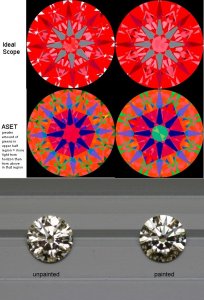
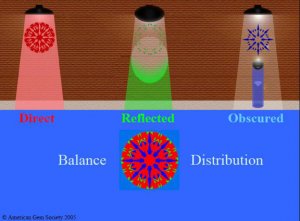

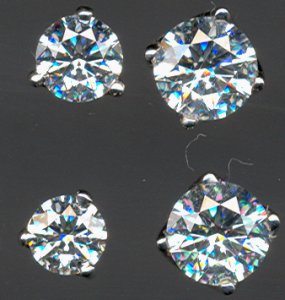

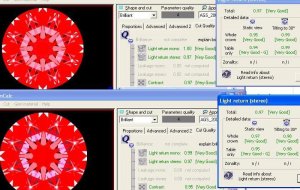
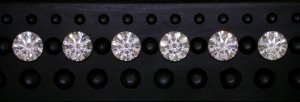

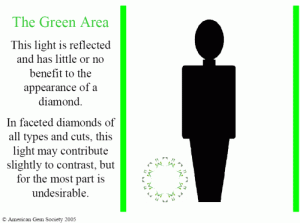

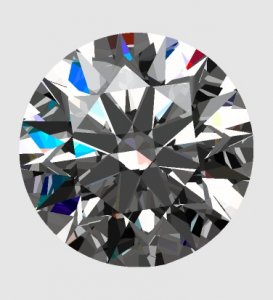


300x240.png)